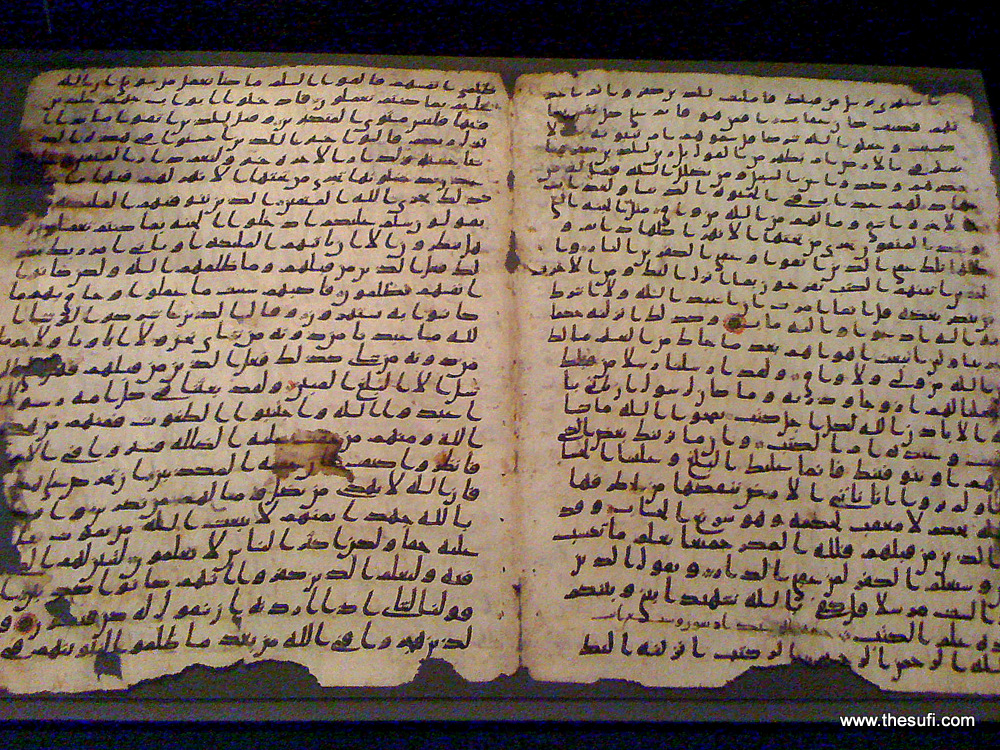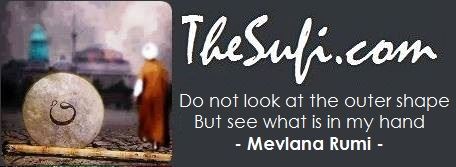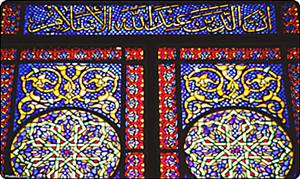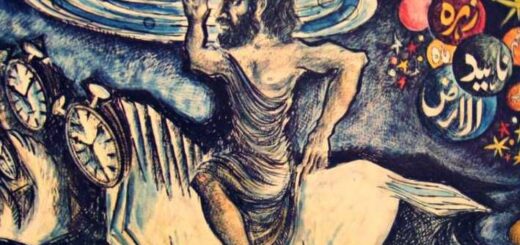Education and Islam: Article by Majid Jan
Modern scholars define education as, a domain that is concerned with methods of teaching and learning in schools or school-like settings as opposed to different non-formal and informal means of socialization (e.g., rural development projects and education through parent-child relationships).Here we will scrutinize the current Islamic education of this postmodern epoch and we will compare it with Golden era of Islam.
In Islam, education is the core of the Islamic System. The first revelation (wahi) shows the significance of education. The very first word of the Holy Quran revealed was (Iqra) which means read. The Prophet of the Universe (S.A.W) Said, ” Seek knowledge even if you have to go to China”.
Modern education promotes not only facts and information, but, likewise, gives equal significance to physical health, and social and emotional well-being.
Muslim scholars of the middle ages had the same attitude toward schooling. Al-Ghazali Said ” prevention of the child from playing games and constant insistence on learning deadens his heart, blunts his sharpness of wit and burdens his life. Thus he took for a ruse to escape his study altogether”.
Similarly, Al-Shayzari a famous physician of the medieval era was also against the harsh treatment of pupils.
But unfortunately, in most learning institutions: whether religious or secular, we see a dearth of these tenets.
Islam in the middle ages reached the highest of its civilization. Education was its pinnacle. Baghdad, Cordoba, and Cairo were the hubs of knowledge and wisdom. Therefore Iqbal says that:
“The land of Cordoba also is the light of the Muslim’s eye
Which shined in Europe’s darkness like the candle of Tur”.
“Though Jahanabad also is a shrine for the Muslim
Baghdad as well is deserving of this magnificence”
Incredible libraries were built in these two cities. But, before this, the system was different. For instance, the founders of the four Muslim schools of thought got their education in the masjid ( mosque). Makkah, Madina, and Aqsa were the places where scholars regularly sat and gave lectures in the mosque.
But the most attractive thing about this learning was that everyone was allowed. Isn’t free education the right of every individual? Most individuals ask this question today. But at that time education was for everyone. People were setting up in a close circle in front of the scholar and he/she was teaching them.
But with time the method of education changed. Different levels were introduced like Maktab ( primary school) and Madrassa (higher education).
But the most notable thing was that the students who passed primary school were skillful enough to subsidize themselves in society.
But in this postmodern world, students of secular studies and students of Islamic studies are resorting to others.
When Arabs were sinking Turks were rising. Can you imagine how many universities Madrassas Nizam Ul Mulk established in his lifetime? We do not know the exact numbers. But he ordered to establish madrasas all over the world.
Interestingly, these madrassas were not only offering Islamic education but also secular education. Therefore, most Muslim scientists, mathematicians, and physicians were religious scholars as well.
The history record shows that in 1100 there were a large number of universities ( Madrassas) in the Islamic world. Spain was at the top of the index with more than 100 universities, followed by Cairo 75, Damascus 51, and Aleppo 44.
These madrasas were considered to be the first modern universities. There were so many subjects and fields of studies. Each subject has their specialist professor.
Similarly, each subject has a degree duration. Ibn- Khaldun notes that in Morocco at his time a curriculum spanned sixteen years. Those who completed their degree were granted an Ijaza or certificate and were able to teach it as well.
Islam gives high priority to women’s schooling. Hazrat Aisha ( R.A) is the best example of a woman’s education. She narrated,……. Ahadees. There were other Muslim female sahaba who were keen in learning Islam. Fatima -Al -Fihri helped in establishing the Al Karoouine considered to be among the first universities.
Zubaida the wife of Haroon Al Rashid was a generous woman who helped in establishing the mosque, roads, and wells. Hurrem Sultan was also the same kind of woman. She paid a lot for making madrassas, public baths, hospitals, and soup kitchens. Likewise, in the Ayyubid period 26 religious and educational places were built by Muslim women.
This is history, the current system is not like this. The Muslim Madrasas are still in diminished form. The only budget behind the madrasas is the public charity. They are registered with the government but the government is not interested in madaris. Secondly, the madrasa students mostly failed in practical life.
Who’s responsible for this? I think in the first place we all. In the history of the Ottoman empire a French secularist advised the Ottoman sultan to separate secular sciences from religious study and there our fall started.
I think educational reforms are the extensively needed thing for the uprising of this nation. More importantly, the abolishment of the mark between secular and religious education is equally necessary for the growth of this nation.
Because in both areas, we extensively lack. We don’t need to scapegoat one for the other. Religion and science both are irreplaceable. This time we need educational renaissance.
Most of our religious scholars relying on the salary given by the public. We need Ulamas who are beneficial in practical life as well.
In addition to that, secularly educated people also ought to know about religious education. Because we believe that Islam is the complete code of life. In this way, we will have honest, dutiful, and disciplined people in all our institutions, societies, and organizations.





